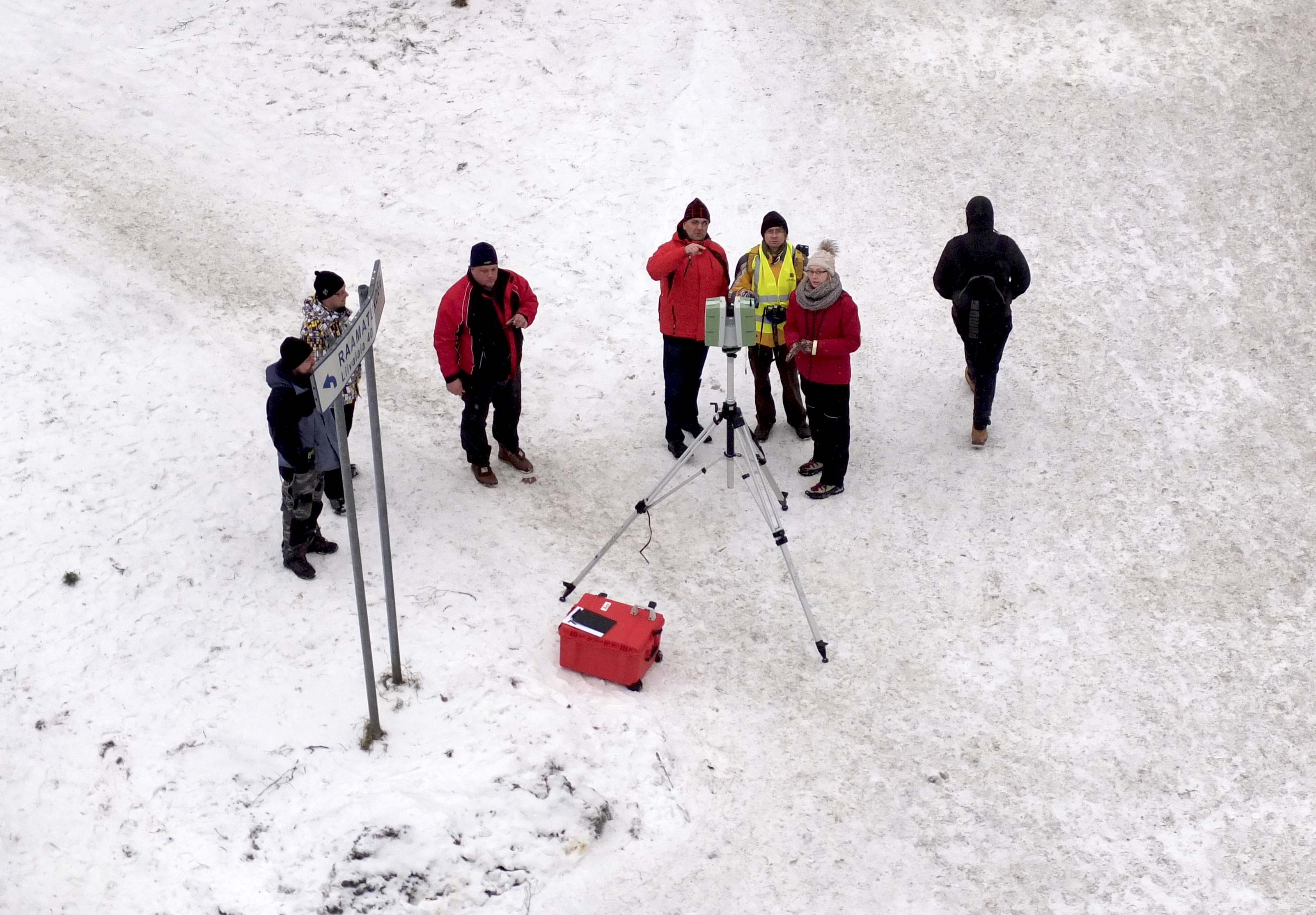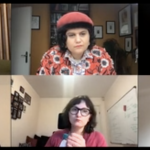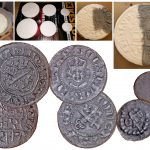 Eile ja täna veetsime Tallinna Kaasani kirikut (ametliku nimega Tallinna Jumalaema Sündimise Kaasani pühakuju kirik) mõõdistades. Tegemist on kiriku dokumenteerimise projekti esimese etapiga, mille käigus teostatakse laserskaneerimine ja fotogramm-meetriline mõõdistamine. Laserskaneerimine teostatakse koostöös Reaalprojekt OÜ-ga. Töö tulemuseks on kolmemõõtmeline infokogum, mis võimaldab koostatada nii plaane, lõikeid ja 3D mudeleid, kui ka luua erinevaid interaktiivseid väljundeid.
Eile ja täna veetsime Tallinna Kaasani kirikut (ametliku nimega Tallinna Jumalaema Sündimise Kaasani pühakuju kirik) mõõdistades. Tegemist on kiriku dokumenteerimise projekti esimese etapiga, mille käigus teostatakse laserskaneerimine ja fotogramm-meetriline mõõdistamine. Laserskaneerimine teostatakse koostöös Reaalprojekt OÜ-ga. Töö tulemuseks on kolmemõõtmeline infokogum, mis võimaldab koostatada nii plaane, lõikeid ja 3D mudeleid, kui ka luua erinevaid interaktiivseid väljundeid.
Kaasani kirik on valminud Peeter I ajal (1721) ja on Tallinna kõige vanim puitkirik. Mõõdistustöö üheks eesmärgiks on talletada ehitise ja selle konstruktsioonide praegune olukord.
Laserskanneerimise ja fotogramm-meetrilise mõõdistuse eeliseks traditsioonilise mõõdistamise ees on see, et ei mõõdeta üksikuid punkte ja jooni, vaid talletatakse kogu situatsioon. Seejärel on võimalik digitaalsest mudelist võimalik võtta just selliseid mõõte, mida parasjagu vaja on.
 Kirik on väike, kuid väga kompleksne. Kohtades, kus ei pääse mõõdistama laserskanneriga, kasutame fotogramm-meetrilist mõõdistust. Fotogramm-meetria tulemuseks on samuti punktipilv, kuid sellele lisaks luuakse kõrge resolutsiooniga tekstuur, millega saab katta punkitipilve (või võrkmudeli) fotorealistliku visualisatsiooni loomiseks.
Kirik on väike, kuid väga kompleksne. Kohtades, kus ei pääse mõõdistama laserskanneriga, kasutame fotogramm-meetrilist mõõdistust. Fotogramm-meetria tulemuseks on samuti punktipilv, kuid sellele lisaks luuakse kõrge resolutsiooniga tekstuur, millega saab katta punkitipilve (või võrkmudeli) fotorealistliku visualisatsiooni loomiseks.
Archaeovision OÜ on keskendunud erinevate kaasagsete lahenduste rakendamisele kultuuripärandi dokumenteerimise vallas.





